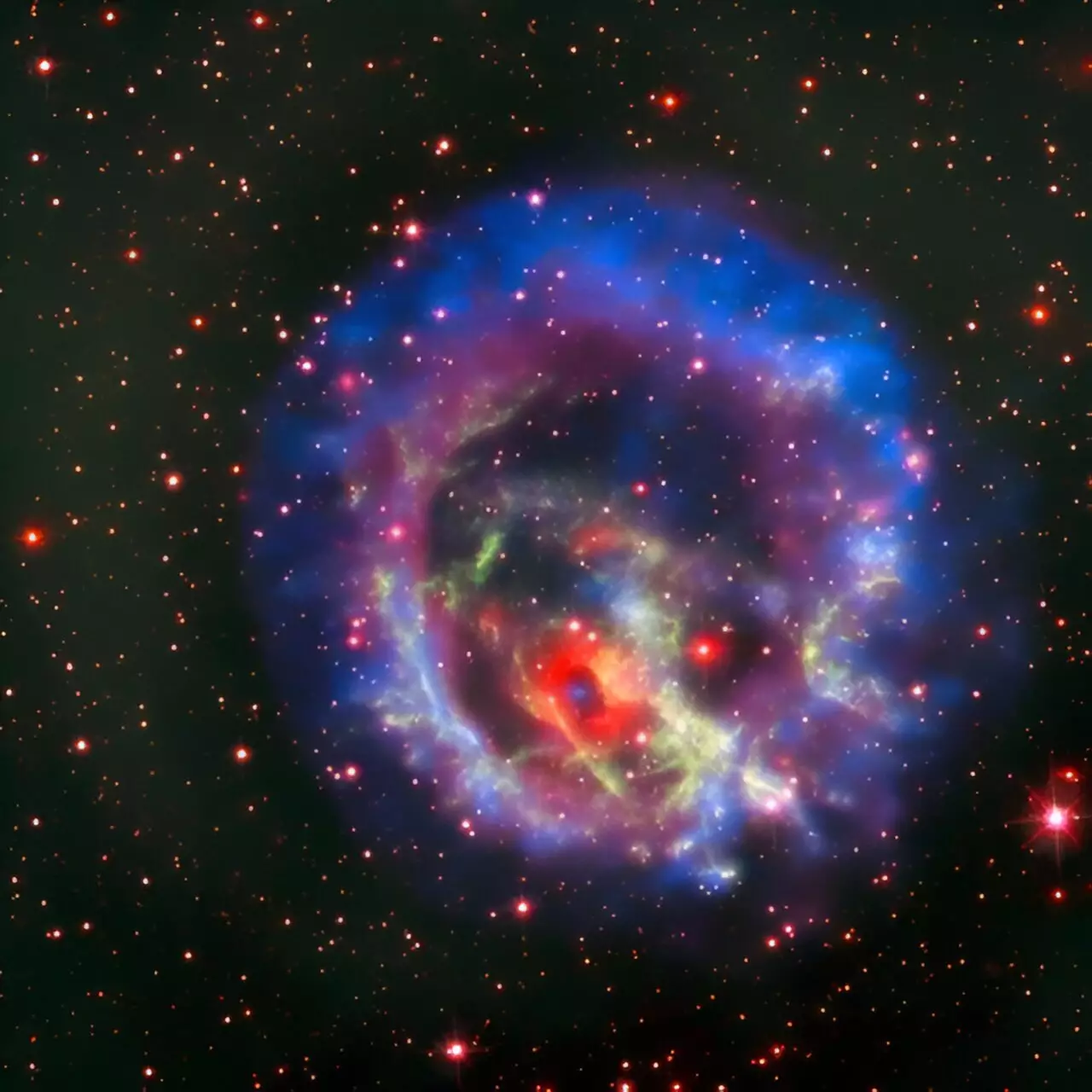Scientific inquiry often hinges on our ability to recreate the conditions of cosmic events that have long since vanished from our observable universe. Recently, a theoretical analysis conducted by physicists at RIKEN has opened up a promising narrative that could align closely with the conditions of the early universe. Their work aims not only to replicate a mysterious state of matter but could also lead to the generation of extraordinarily strong electromagnetic fields that could push the boundaries of contemporary physics. This pivotal juncture in research highlights both the aspirations of physicists to understand the universe’s birth and the potential for uncharted scientific territory.
The theorized phase of matter in question, composed of elementary constituents known as quarks and gluons, is thought to manifest under extreme heat and density, similar to conditions immediately following the Big Bang. Despite expectations and theoretical modeling from the Standard Model of particle physics, there remain significant uncertainties, particularly when one ventures into realms of ultrahigh densities. Hidetoshi Taya, a lead physicist on the analysis, emphasizes the pressing need for experimental validation to elucidate the intricate properties of this enigmatic matter.
Traditionally, heavy-ion collision experiments have revolved around achieving high temperatures through high-energy collisions of charged atoms. However, a paradigm shift is taking place, with many research teams now pivoting towards intermediate energies. This approach is crucial for developing high-density plasmas that mimic those found in settings such as neutron stars and supernova explosions. As Taya explains, grasping these conditions is central to enriching our understanding of universal origins and the dynamics of extreme states of matter.
This shift carries significant implications. By focusing on intermediates rather than hypertrophic energy levels, physicists are likely to uncover new phenomena that exist in previously unexplored regions of energy density. The importance of this transition extends beyond mere curiosity; it effectively serves as a bridge to better comprehend the outlines of our cosmic history.
Among the most startling revelations from Taya’s analysis is the apparent ability to generate ultrastrong electromagnetic fields as a side effect of heavy-ion collisions at intermediate energies. These fields are posited to be significantly more potent than those created by intense lasers, which have been a staple in high-energy physics experimentation. Taya likened the power of an intense laser field to that of a staggering hundred trillion light-emitting diodes (LEDs), underscoring the advancements this discovery could herald.
The notion that such formidable electromagnetic fields could arise from collision experiments lays the groundwork for novel physics. The prospect of examining strong-field phenomena is tantalizing, presenting exciting opportunities to push the envelope of current knowledge. Historically, researchers have been constrained by the limitations of available field strengths, but the potential unlocking of ultra-strong fields could lead to breakthroughs that redefine our understanding of force interactions at the subatomic level.
While the predictions made by Taya and his colleagues are compelling, they also reveal a critical obstacle: the difficulty in directly measuring these newly generated electromagnetic fields in upcoming experimental setups. Physicists will mainly be able to analyze the particles produced in these collisions and the properties of those particles rather than directly accessing measurements of the fields themselves.
To fully realize the implications of their theoretical predictions, understanding how these strong electromagnetic fields interact with observable particles becomes paramount. The measurement of secondary effects induced by these fields offers a pathway to indirectly verify Taya’s findings and could usher in a deeper comprehension of the mechanisms at play during high-energy particle collisions.
The theoretical work by Taya and his collaborators encapsulates the essence of modern physics, which thrives on the convergence of theory and experimentation. As researchers refine their methodologies to explore the universe’s mysteries through heavy-ion collisions, the potential for transformative discoveries comes into focus. Whether confirming the predictions regarding strong electromagnetic fields or revealing new facets of the quantum realm, future experiments will be pivotal in determining the fate of these groundbreaking scientific inquiries. By harnessing such approaches, we may draw closer to unraveling the enigmatic origins and structure of the universe itself.


Leave a Reply